A scarlet colored textile was found in the Judean desert in 2016 and recently analyzed again to discover the composition. Despite being over 3,800 years old, the textile is still bright red in color. This is how the archaeologists were able to see the textile because it is so small in size.
The textile is suspected to be produced during the Middle Bronze Age and was found in the “Cave of Skulls.” Its shocking discovery led to a surprising finding about the connection between tangible artifacts found and written materials previously uncovered.
Why is This Finding Important?
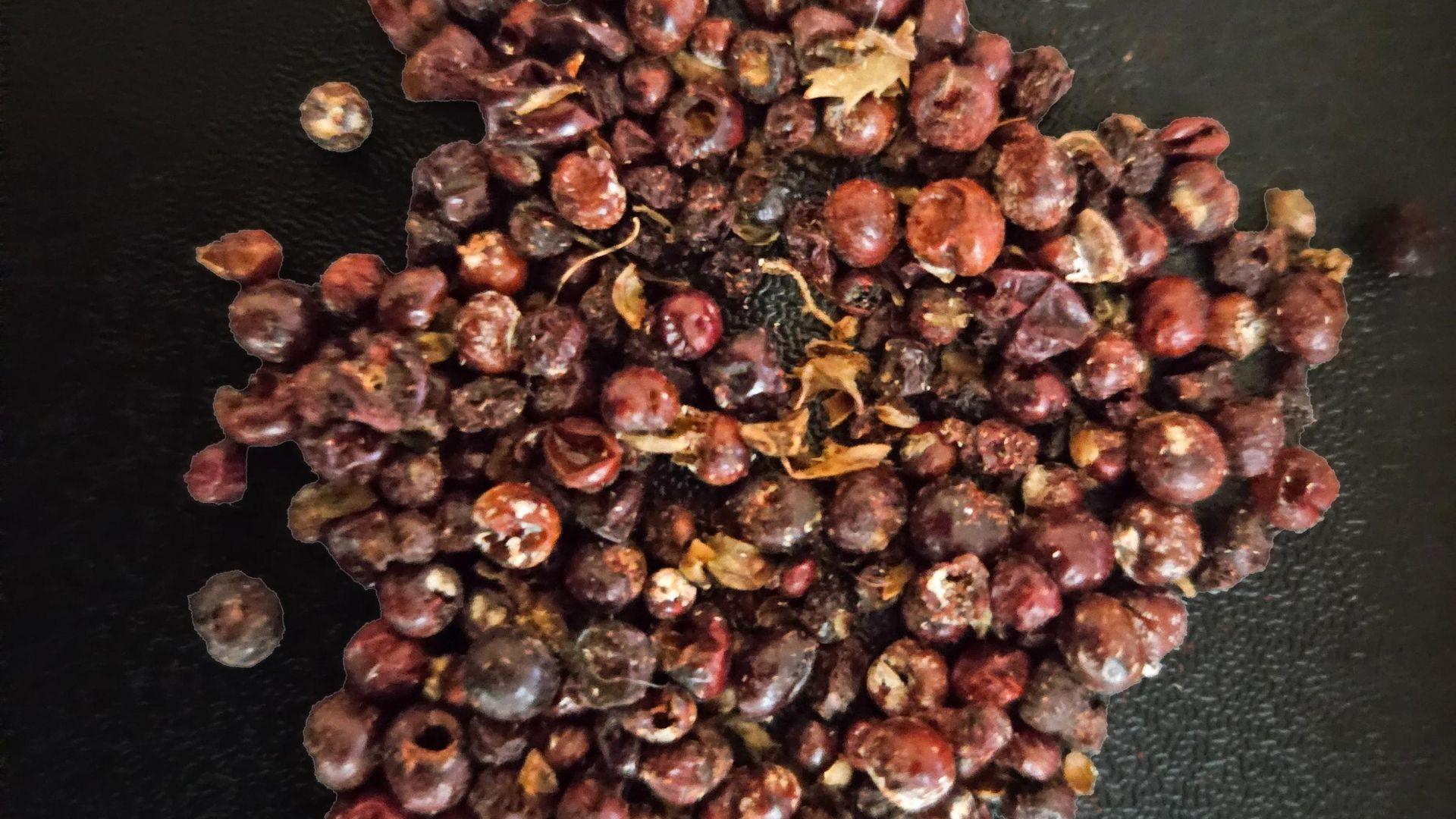
The uncovered artifact was dyed using kermes vermilio, referred to in the bible as “scarlet worm.” This insect is small and eats sap from trees.
This discovery is important because it is the earliest known proof of a textile dyed using dye made from pulverized bugs.
Biblical Significance

The phrase “scarlet worm” has a worthy presence in the Bible. The term can be found 25 times throughout, referenced as a dye used for fancy clothing. It is also used as a phrase to reference dyed religious materials such as Tabernacle textiles.
It is a color used by high society and royalty. Either used to produce luxurious clothes or important materials, the dye was so rare and hard to collect that its use was reserved for occasions of only the utmost importance.
The Original Discovery
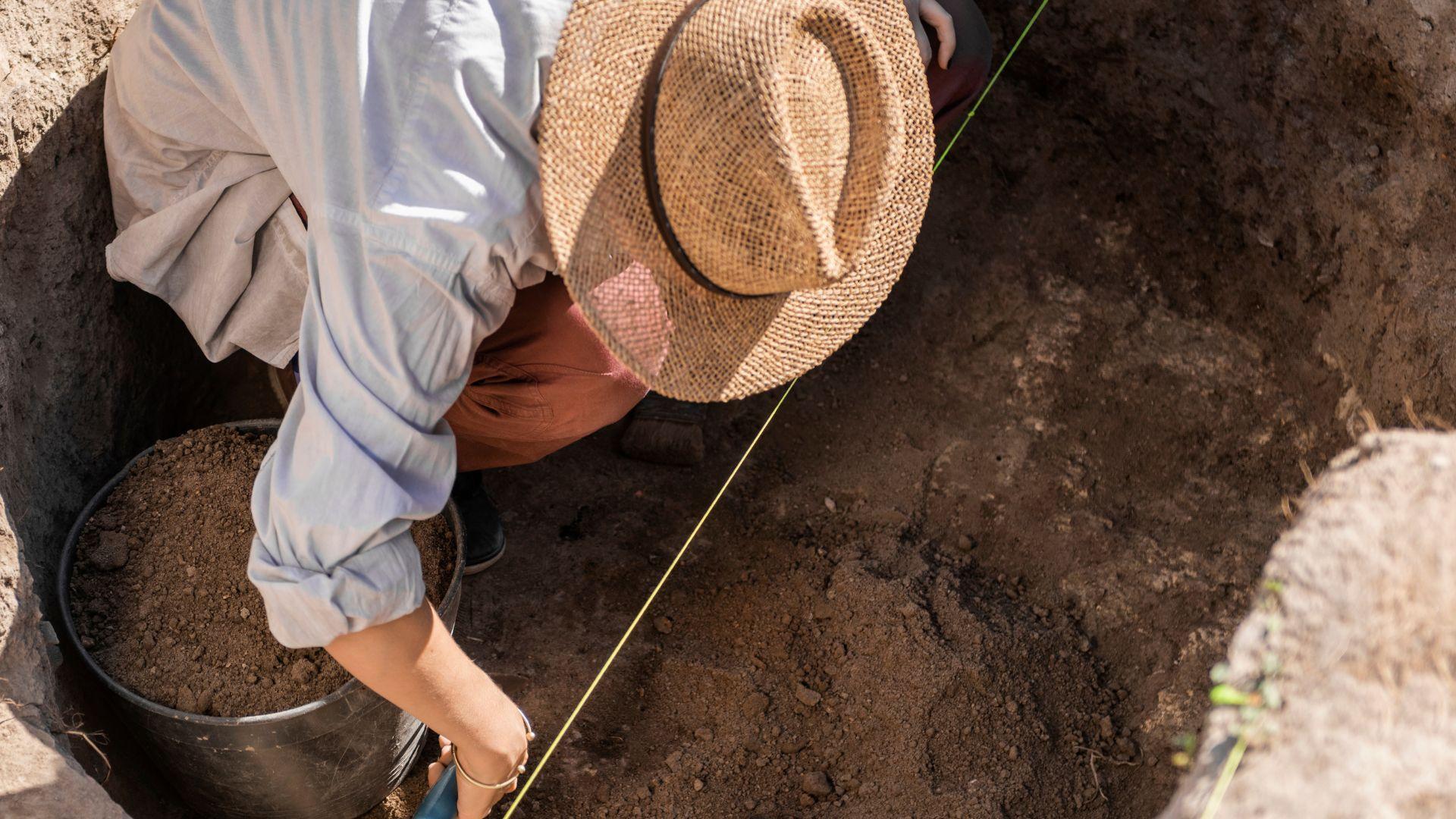
The textiles were first found by archaeologists in 2016. Among other items such as baskets and ropes, these textiles were discovered in the “Cave of Skulls.” during an excavation held by the Israel Antiquities Authority.
There were many other textiles also found in the cave, however this one caught the eye of researchers due to its fascinating scarlet hue.
A Second Look
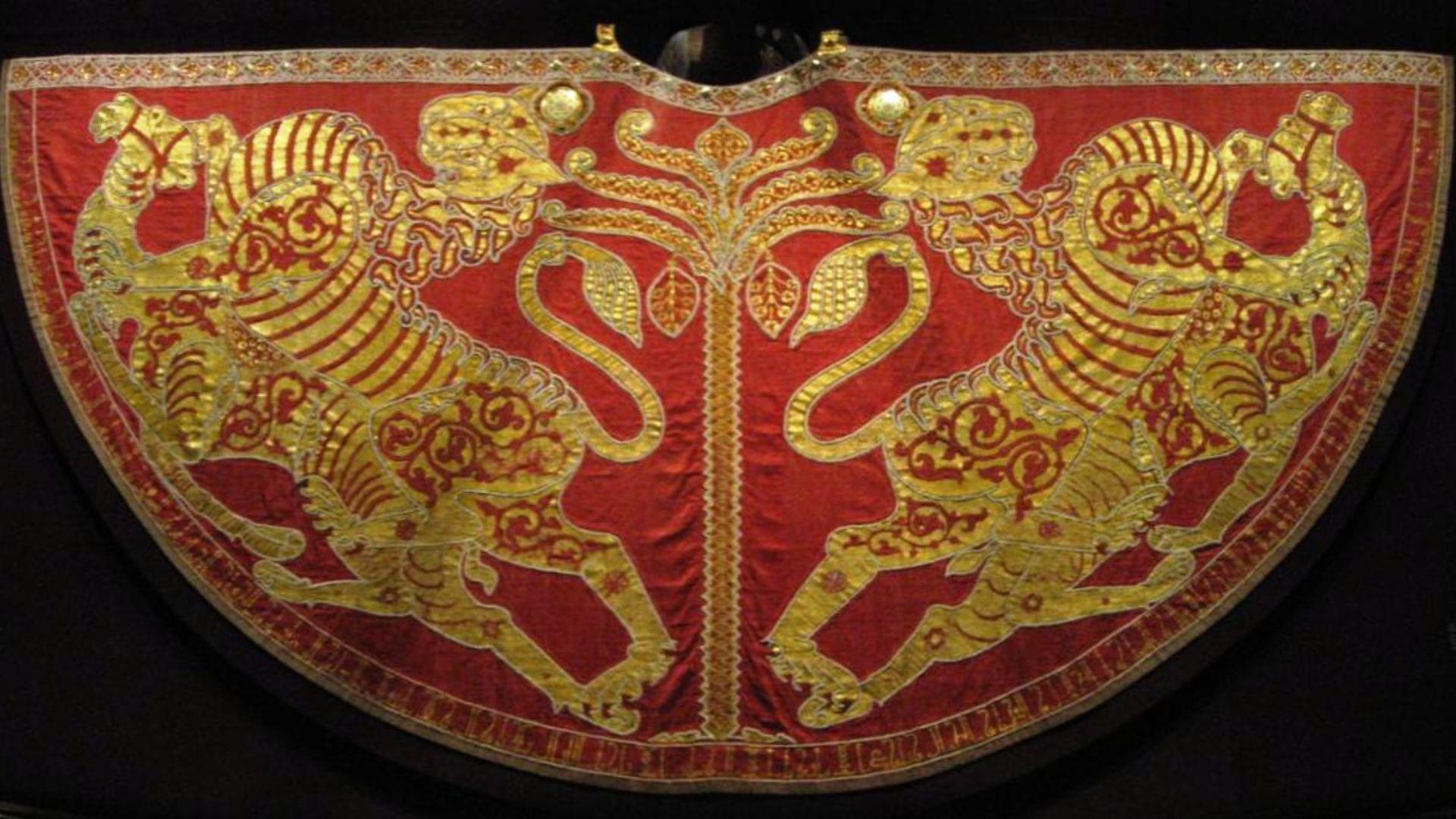
Only recently was the textile taken and analyzed once more to find out what it was originally made of and how it was created to learn more about ancient society.
The reason for this was the commencement of a study conducted by three organizations: Israel Antiquities Authority, the Hebrew University of Jerusalem, and Bar-Ilan University. Researchers engaging in this study are specifically looking at the dyes used to create ancient artifacts to come to conclusions about their significance.
How Was the Dye Collected?

There was a very short period of time where the Kermes could be collected. They had to be harvested after the female laid her eggs but before the eggs actually hatched.
During this period of time, the dye was very potent and could be best used to dye the textiles. Because there was such a small timeframe to collect the insect, the process of creating the dye was very difficult to those who attempted it.
A Tricky Catch
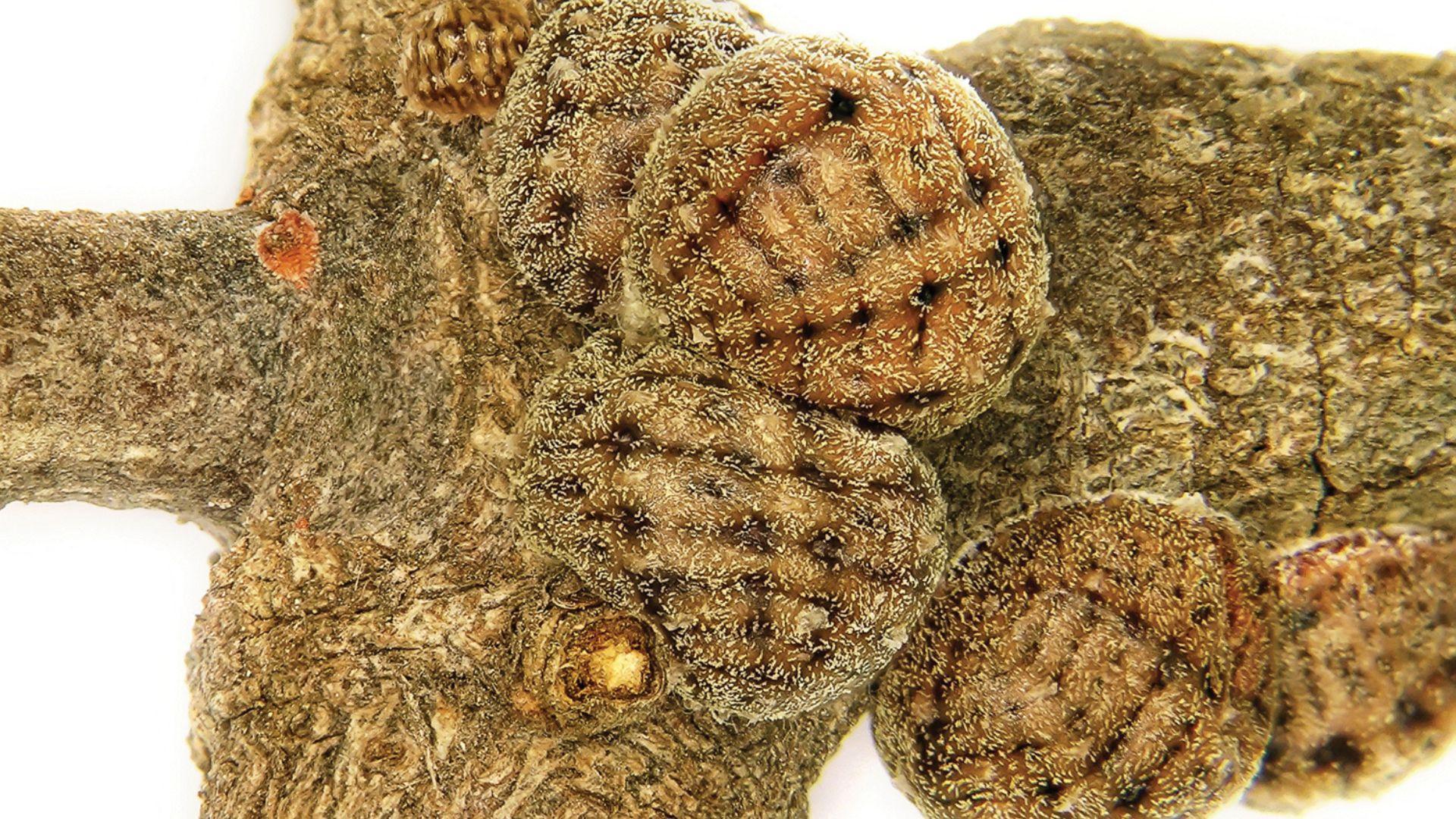
There were also a few other challenges that stood in their way of creating the vibrant red dye all those years ago. For example, the kermes are very small and hard to see.
They also only make a minuscule amount of dye, making it hard to color large pieces with the small amount. Lastly, the insects themselves blend in with the trees they sit on. Combined with their small size, their camouflage capabilities disguised them from those who attempted to collect them.
How Was the Dye Identified?

When the textile was found, researchers wanted to test to be sure they could figure out exactly what the dye came from. They used a device called high performance liquid chromatography.
This device allows the user to figure out the exact makeups of a specific substance, separating the compounds to individually analyze each component of a certain material. The color intrigues researchers and they wanted to further explore.
How did the Textile Stay Intact?
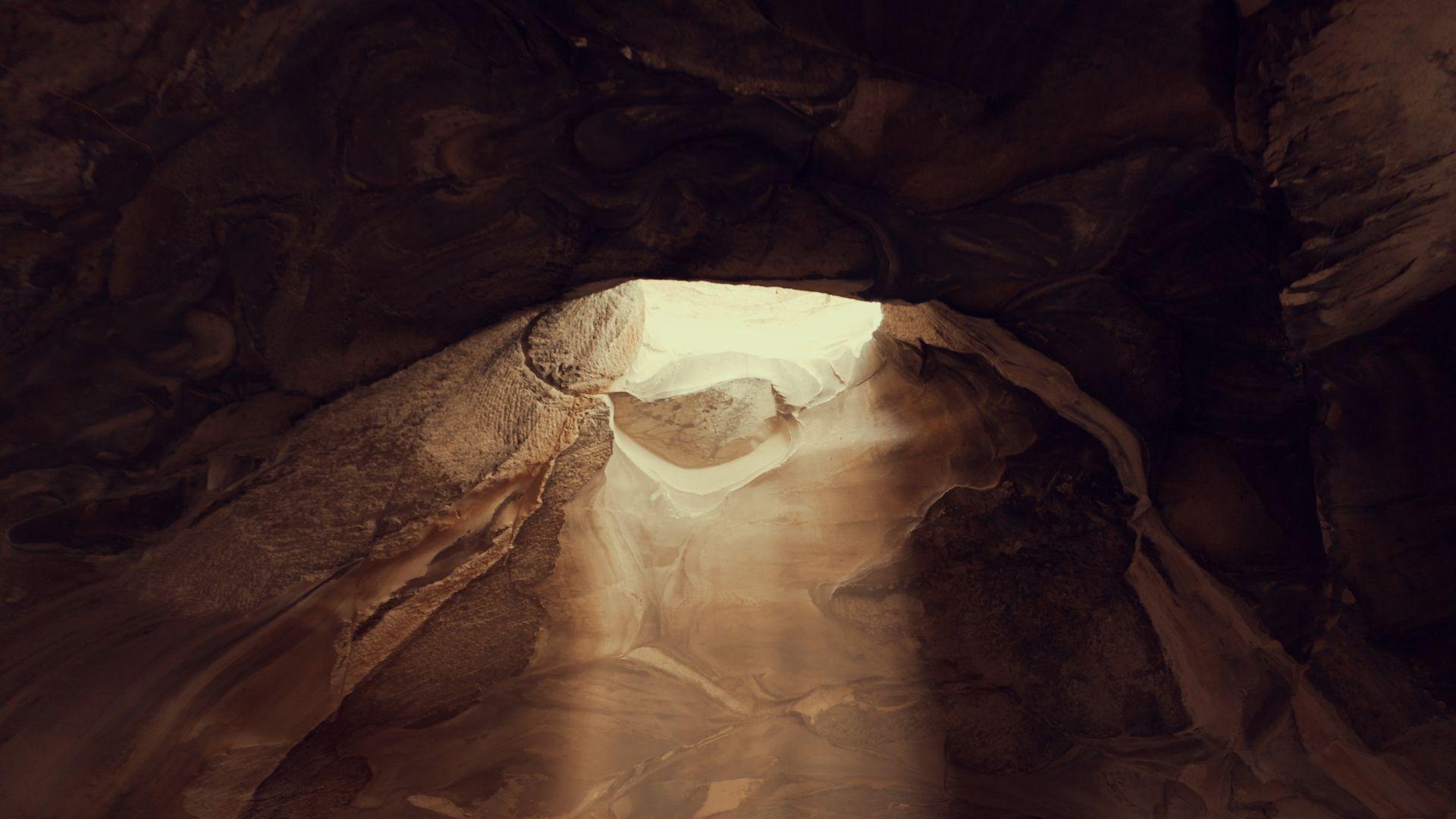
Over time, most textiles fall apart and fade due to the harsh conditions that thousands of years bring. However, because the textile was housed in a cave in the Judean desert, the conditions and environment were incredibly dry and controlled.
Because of this, the textile was able to stay intact and held together very well. The color, which would be expected to be more faded, was also very noticeable to the researchers carrying out the excavation in 2016.
How did it Get There?
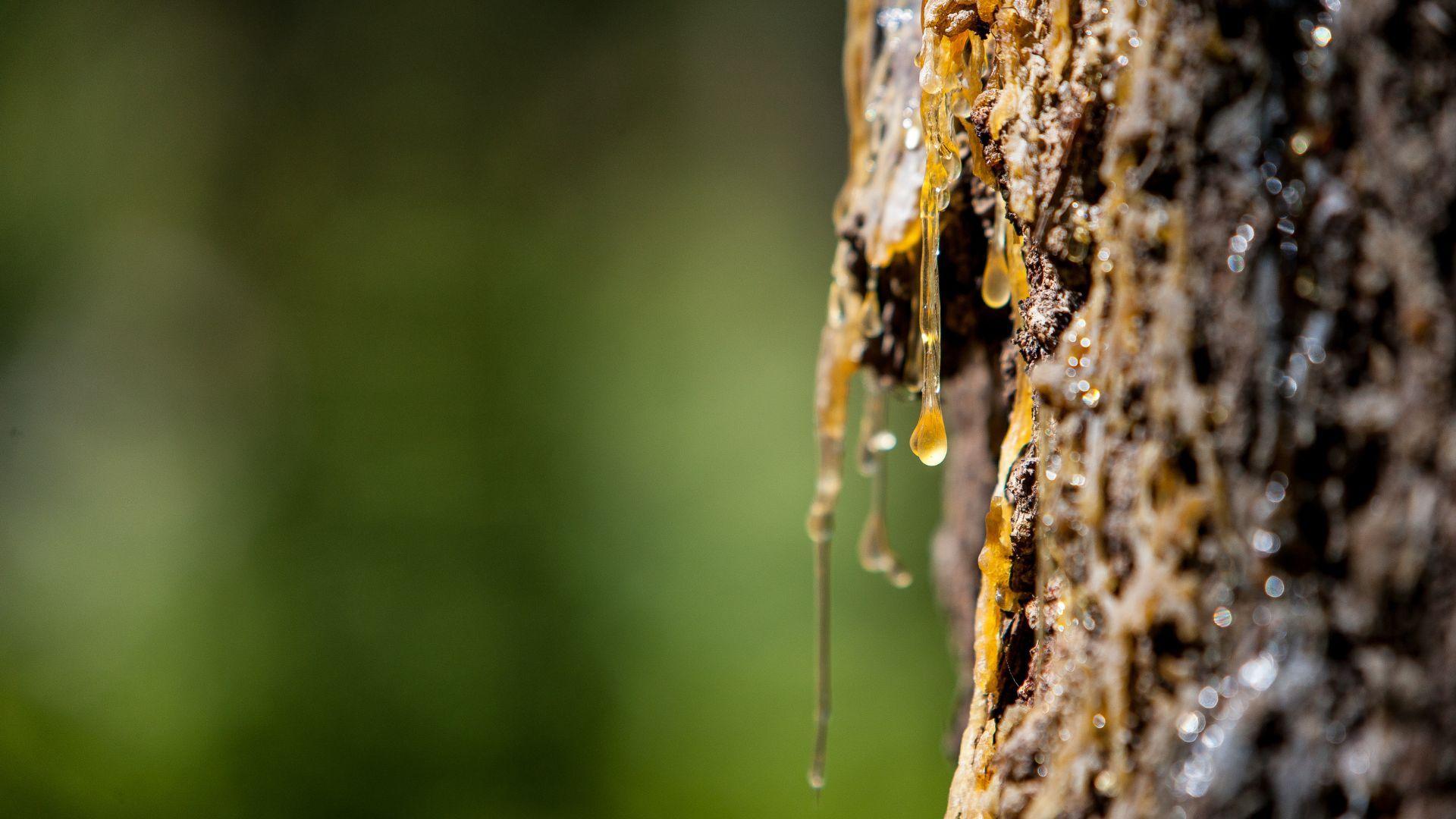
Focusing in on where the insect kermes is found, it lives on the Palestinian oak tree because it can eat the sap. This tree is found in areas like Israel, Syria, Turkey, and Lebanon.
It has not been concluded how exactly the specific artifact ended up in the Cave of Skulls.

